(⏩ Play the video first before we head to the Johann Strauss Apartment.) You’ve probably danced to this waltz at one point, but you don’t really know the title nor who composed it, still you came home humming to it and remembering how lovely of a dance you did with it. Or as a classical music enthusiast, you may have personally picked this piece to play on your recital, fully familiar of its fame.
The Beautiful Blue Danube (An der schönen, blauen Donau“, Op. 314) but most commonly known as The Blue Danube is a waltz by the Austrian composer Johann Strauss II, composed in 1866. It has become one of the most recognizable pieces of classical music.

Johann Strauss II (Johann Strauss Jr., or Johann Strauss the Younger, but for this article we will use Strauss), is often listed as one of the best Austrian composers along with Wolfgang Amadeus Mozart, Joseph Haydn, Arnold Schoenberg, and Franz Schubert. While Mozart was born in Salzburg, the other three were born in Vienna.
Strauss, Haydn, Mozart, and Schubert each has a museum to their name in Vienna, either the building where they once lived or born showcasing their lives and works as musicians. Schönberg, on the other hand, has the Arnold Schönberg Center in Vienna (the collection was in New York for a time) and a museum dedicated to his memory has been opened in Mödling, Austria (where he once lived).

Table of Contents
Johann The Composer, Musician, Conductor
Born Johann Baptist Strauss on 25 October 1825 to the composer Johann Strauss I and his first wife, Maria Anna Streim, Strauss showed great musical talents as a young child. Despite, the older Strauss didn’t want him to live a life of a musician, he wished for him to be a banker instead. This prompted Strauss to take secret violin lessons from Franz Amon, a violinist from his dad’s orchestra.
Later on, Strauss was able to persuade Dommayer’s Casino, then at Vienna’s 13th district, to allow him to perform. He debuted on October of 1844, where he performed some of his first works, such as the waltzes “Sinngedichte“, Op. 1 and “Gunstwerber“, Op. 4 and the polka “Herzenslust“, Op. 3. This event caused the elder Strauss to refuse to ever play again at Dommayer’s Casino, in anger of both his son’s disobedience, and Dommayer’s allowing him to play.
Strauss was later on christened as “The Waltz King,” and was instrumental to the popularity of the dance in Vienna during his time. He wrote one opera, fifteen operettas, one ballet, there are also polkas, marches and quadrilles, and about five hundred waltzes, thus, the nickname. He, along with his brothers popularized the waltz around the globe on their tours where Strauss also conducted most of Blue Danube’s performances.
The Johann Strauss Apartment
The Johann Strauss Apartment is located at Praterstrasse 54, just a few minutes walk from the U1 train station Nestroyplatz. The area it was in during Strauss’ time was already a busy neighborhood and even has the Leopoldstadt Theater already showcasing the talents of Viennese artists.
It was in this apartment where Strauss composed what would be his most famous work, The Blue Danube. He lived here from 1863 with his first wife, Jetty (Henrietta Treffz), who was instrumental to many of Strauss’ achievements in the world of operetta.
Strauss’ instruments, are on display in the main room (see below photo). This include an organ that he used for his compositions, and a piano said to be given by Bösendorfer, one of the oldest manufacturers of pianos. There is also a 17th-century Amati violin preserved in an intricately designed case. One could just imagine how beautifully it sounded in this home even for just 7 years or so that Strauss lived there.
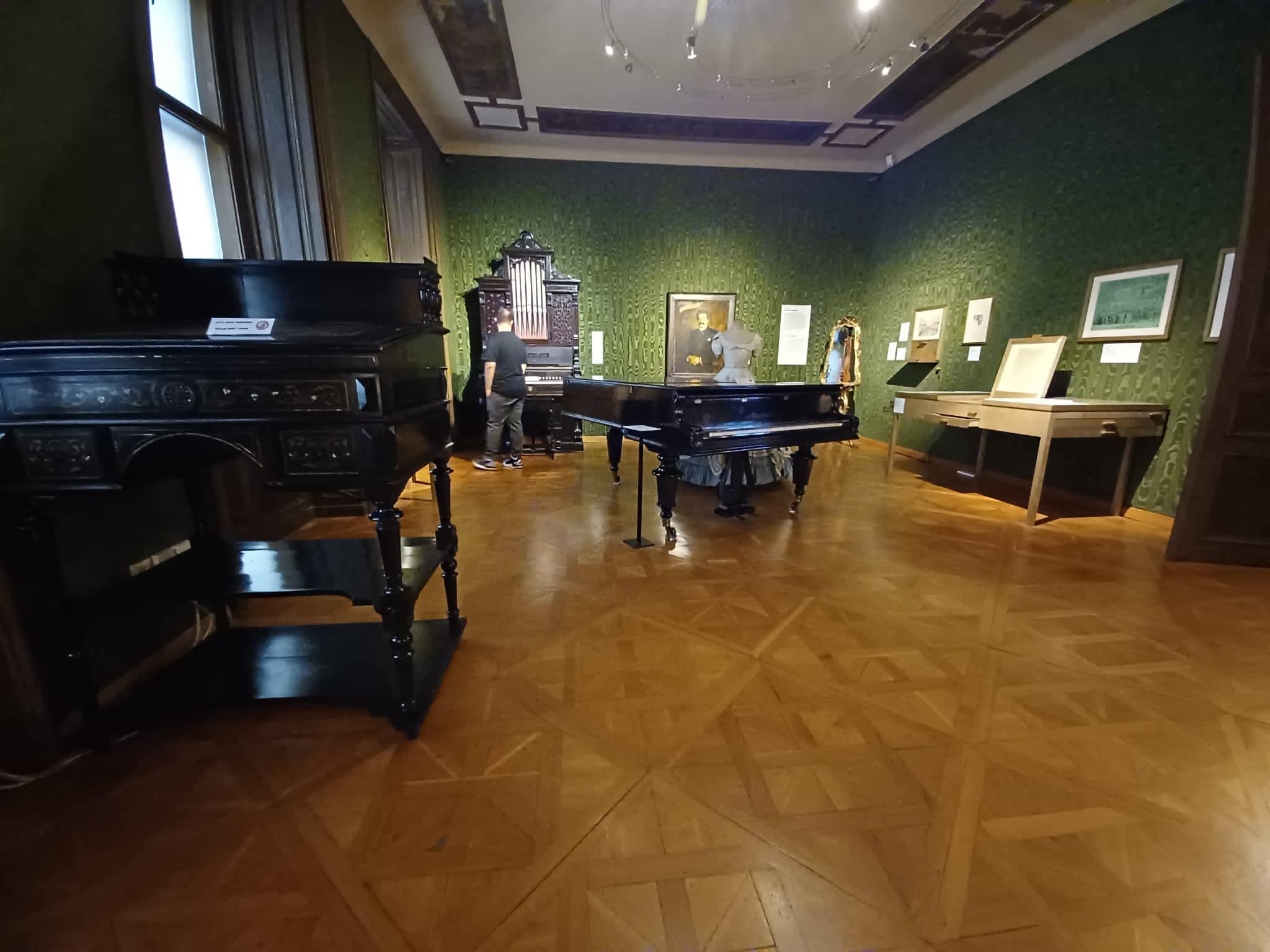
Music Sheets, Paintings, Billiards, and Cards
While the instruments are already impressive to have been preserved, what’s more curious are the music sheets, manuscripts, and documents in the cabinet displays. The original music sheet of the Blue Danube is definitely a cultural treasure. (It’s probably a replica but still…I took a close up photo but I will not post it here, we recommend that you see it yourself).
A composition of the older Strauss is also on display at the apartment, “Radetzky March”, Op. 228, a march originally composed for commemorating military victory (particularly of Field Marshal Joseph Radetzky). Nowadays, it is used as a promotional jingle and at football matches of the Austrian national team.
A number of wall displays were paintings of Strauss and his family, others were pieces he owned from previous apartments. There’s also a billiard table, and a deck of cards on display, Strauss’ being a fan of both games.
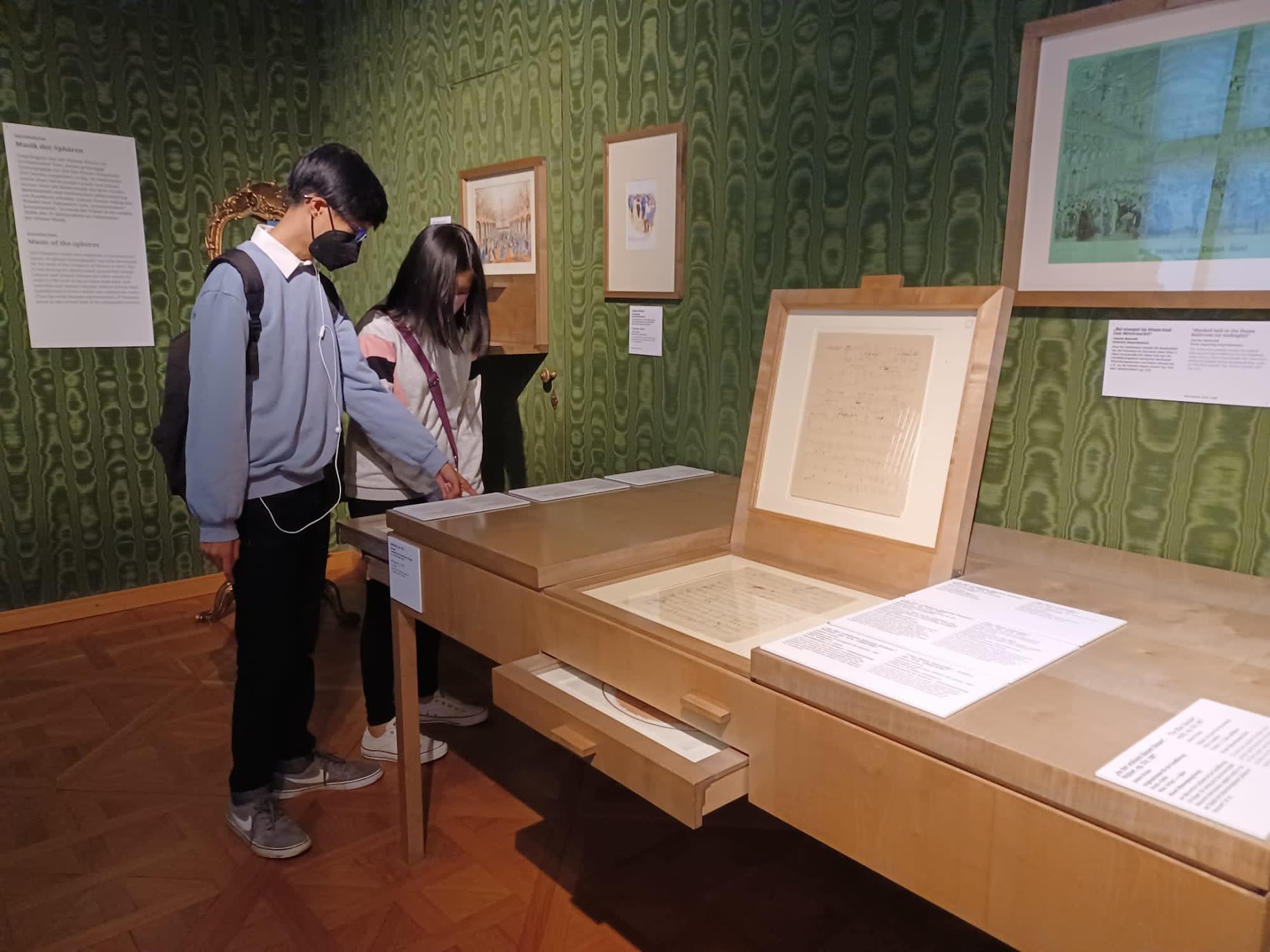
Caricatures and Silhouettes
A special room full of Strauss’ caricatures and silhouettes as a conductor and violinist can be viewed at the right wing of the apartment. Here, one can also hear of his music pieces, albeit bits through the headphones provided.
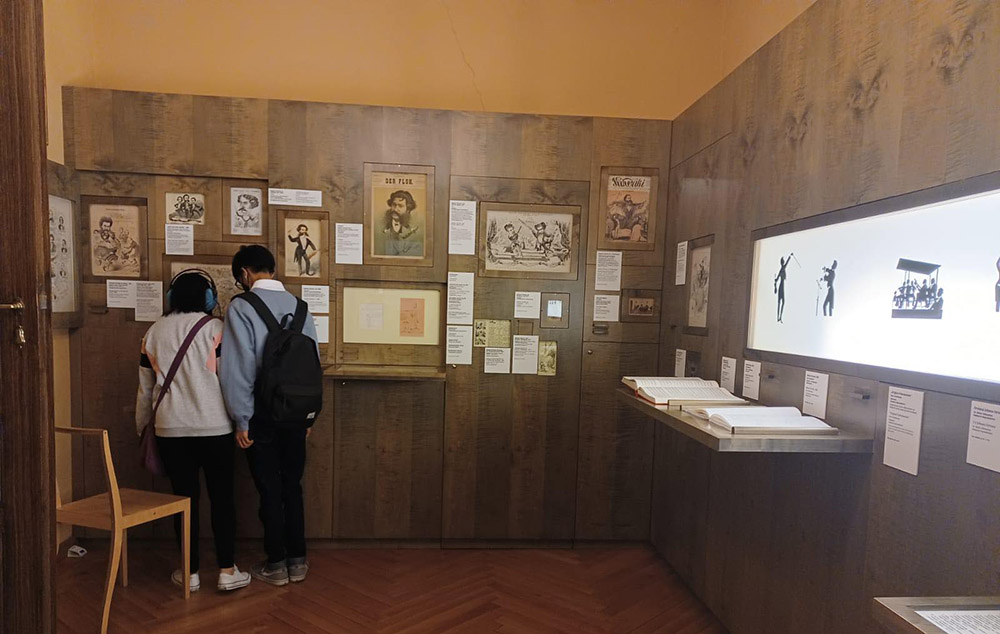
Even if you’re not a classical music nerd, seeing Vienna’s history through music is one route worth waltzing to. There are other musician houses you can visit in Vienna like the Mozarthaus, the Beethoven Eroicahaus, the Beethoven Pasqualatihaus, the Beethoven Wohnung Heiligenstadt, the Haydnhaus, the Schubert Geburtshaus, and the Schubert Sterbewohnung.
There’s a bigger museum than the Johann Strauss Apartment related to Strauss. The Strauss Dynasty Museum in Vienna which holds a comprehensive collection of the works, documents, and other things related to the musical greats of the Strauss family, Johan Strauss I, Johann Strauss II, Josef Strauss, and Edward Strauss. It even gives visitors the political and cultural picture of Vienna at that time.
*Whenever you see the three triangle Austrian flag in a building (see first photo above), check out the plaque to learn of the significance that building holds in Viennese history.
 |
 |
--------------------------Book your Vienna stay here!--------------------------
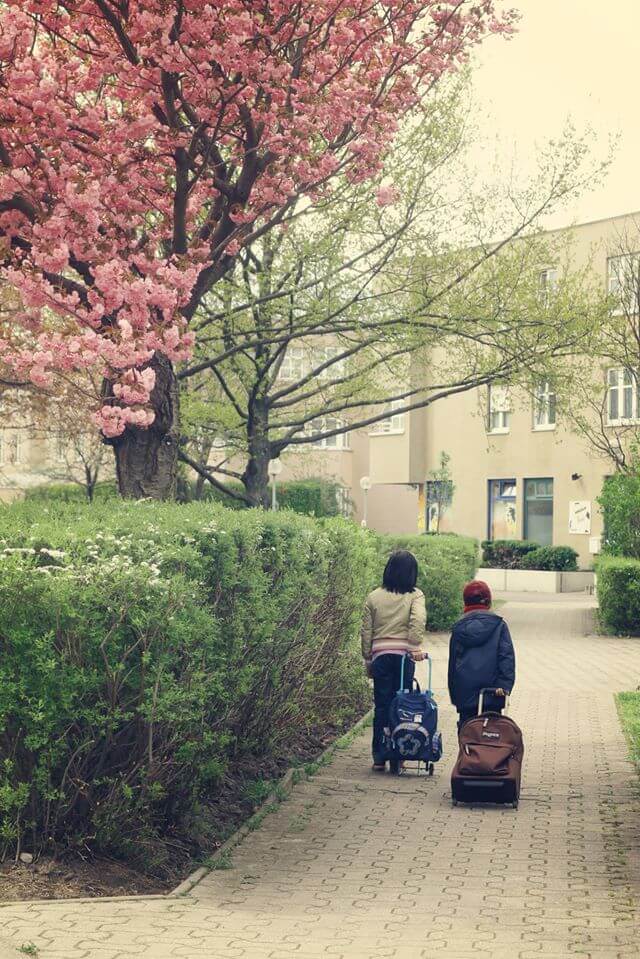




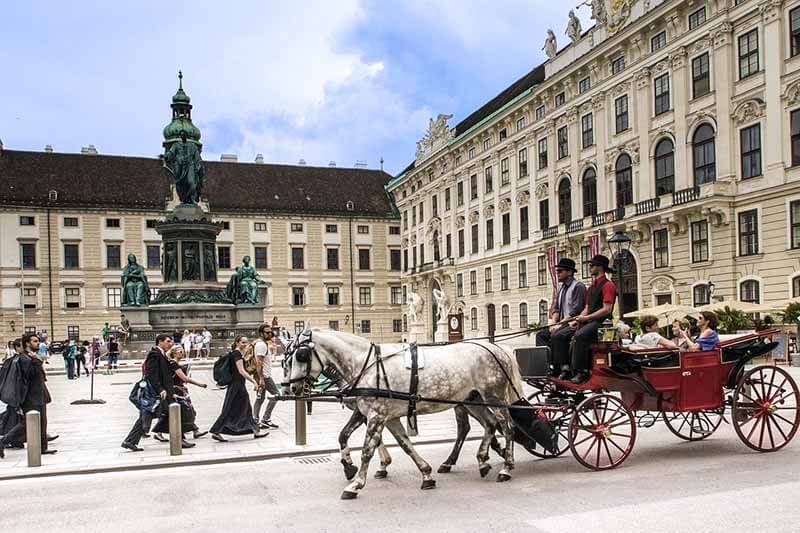





He’s a renowned artist of all time! I’m interested more about his creations and music! He’s good at it.. fantastic!